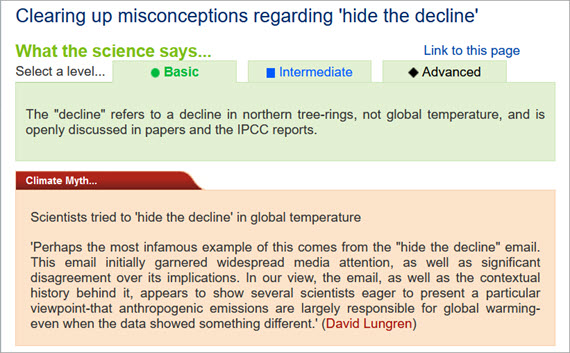Applied Sciences, Vol. 13, Pages 1738: Defocus Effect Correction for Back Focal Plane Ellipsometry for Antivibration Measurement of Thin Films
Applied Sciences doi: 10.3390/app13031738
Authors: Jian Wang Jun Yang Lihua Peng Dawei Tang Feng Gao Rong Chen Liping Zhou
Back focal plane (BFP) ellipsometry, which acquires the ellipsometric parameters of reflected light at different incident and azimuthal angles through a high-NA objective lens, has recently shown great potential in industrial film measurement. In on-line metrology cases for film manufacturing, the film vibration, which is caused by equipment vibrations or environmental disturbances, results in defocus blur and distortion of the received BFP images. Thus, subsequently extracted ellipsometric spectra and film parameters significantly deviate from the ground truth values. This paper proposes a cost-effective method for correcting vibration-induced BFP ellipsometric spectral errors. The method relies on an initial incident angle calibration of BFP radii at different defocus positions. Then, corresponding ellipsometric spectral errors are corrected by inserting a calibrated Jones compensation matrix into a system model. During measurement, the defocus position of the vibrational film is first determined. Then, BFP ellipsometric spectral errors, including incident angle mapping distortion and ellipsometric parameter variations, are corrected for a bias-free film analysis using the previous calibration results. Experimental results showed that this method significantly improved measurement accuracy without vibrational defocus compensation, from over 30 nm down to less than 1 nm.

 1 year ago
38
1 year ago
38


